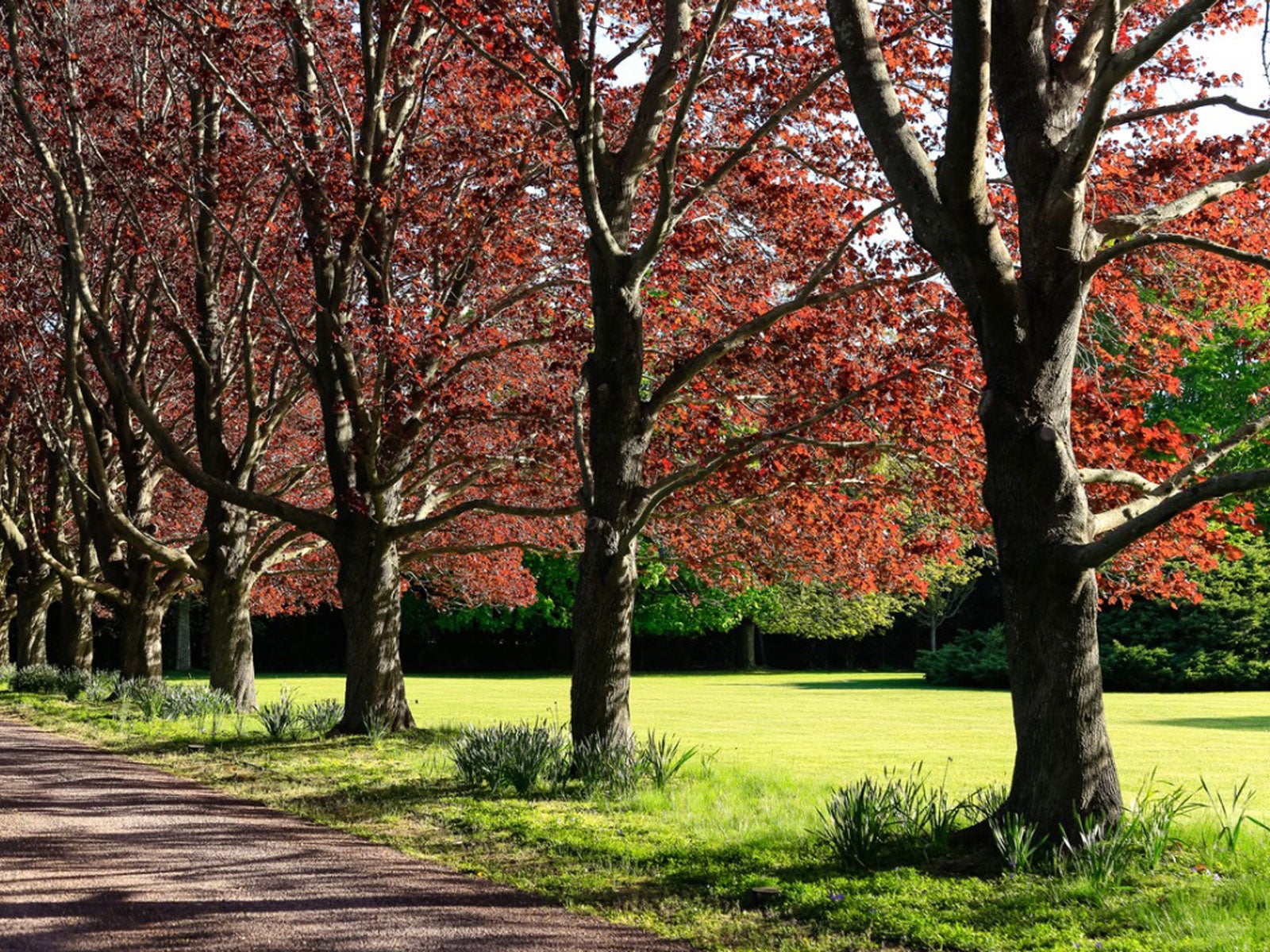Western Shade Trees: Learn About Shade Trees For Western Landscapes


Summer is better with shade trees, especially in the western U.S. If your garden needs one or more, you may be looking for shade trees for western landscapes. Fortunately, there are many great West Coast shade trees that thrive in Nevada and California. Read on for suggestions on great Nevada and California shade trees.
Shade Trees for Western Landscapes
Nevada has five growing zones and California has more, so it’s key to know your own when you are out looking for western shade trees. All trees offer some shade, but the good ones have a canopy sufficiently large enough to offer shelter for those standing beneath. Not all trees that fit this definition are likely to work well in your yard though.
Good choices for western shade trees are those that are adapted to the rural or urban setting of your location and appropriate for your growing conditions. These include altitude, climate, available water, humidity, and the length of the growing season. The trees should also be insect and disease resistant, as well as pleasing in appearance.
If you are seeking West Coast shade trees to plant as street trees, a few additional considerations are important. Street trees are a lot less troublesome if they don’t have shallow roots that raise sidewalks, do not sucker, and do not drop too much litter.
Nevada Shade Trees
What are the best Nevada shade trees? That depends on your site and growing zone. Here are some good trees to consider:
- Weeping willow: Weeping willows (Salix babylonica) provide great shade and work well in large grounds. They do need a lot of irrigation though.
- Tulip poplar tree: Tulip poplar tree (Liriodendron tulipifera) and sycamore (Platanus occidentalis) are both fine shade trees for western landscapes and thrive in Nevada. They are fast growing as well.
- If you want Nevada shade trees that offer fiery autumn displays before winter, go for oak (Querus spp.), maple (Acer spp.), or bald cypress (Taxodium distichum).
- The Lombardy or black poplar (Populus nigra) makes a good privacy screen tree and helps control the wind. It also grows fast, up to 8 feet (2 m.) a year.
California Shade Trees
Californians seeking shade trees must also consider climate, hardiness zone, and size of their backyard. Regardless of which part of the state you live in, you can choose among many beautiful low maintenance shade trees in all sizes.
- If you’d like a native California shade tree, try western redbud (Cercis occidentalis). It is drought resistant and drought tolerant with magenta flowers in springtime. Or opt for red maple (Acer rubrum), which grows fast, is covered with red flowers in spring, and orange red leaves in fall.
- Other flowering West Coast shade trees include crepe myrtle (Lagerstroemia indica), with showy summer blooms in shades of white, pink, or lavender, and evergreen toyon (Heteromeles arbutifolia), with white summer flowers and red berries in winter.
- For a slightly taller California shade tree, consider Chinese pistache (Pistacia chinensis). It tolerates both drought and poor oil, resists diseases, and offers great fall color. You could also go with native valley oak (Quercus lobate). These are tall trees, growing to 75 feet (23 m.) in deep soil. Like many native trees, valley oak tolerates most weather conditions and resists deer.
Gardening tips, videos, info and more delivered right to your inbox!
Sign up for the Gardening Know How newsletter today and receive a free copy of our e-book "How to Grow Delicious Tomatoes".

Teo Spengler is a master gardener and a docent at the San Francisco Botanical Garden, where she hosts public tours. She has studied horticulture and written about nature, trees, plants, and gardening for more than two decades. Her extended family includes some 30 houseplants and hundreds of outdoor plants, including 250 trees, which are her main passion. Spengler currently splits her life between San Francisco and the French Basque Country, though she was raised in Alaska, giving her experience of gardening in a range of climates.